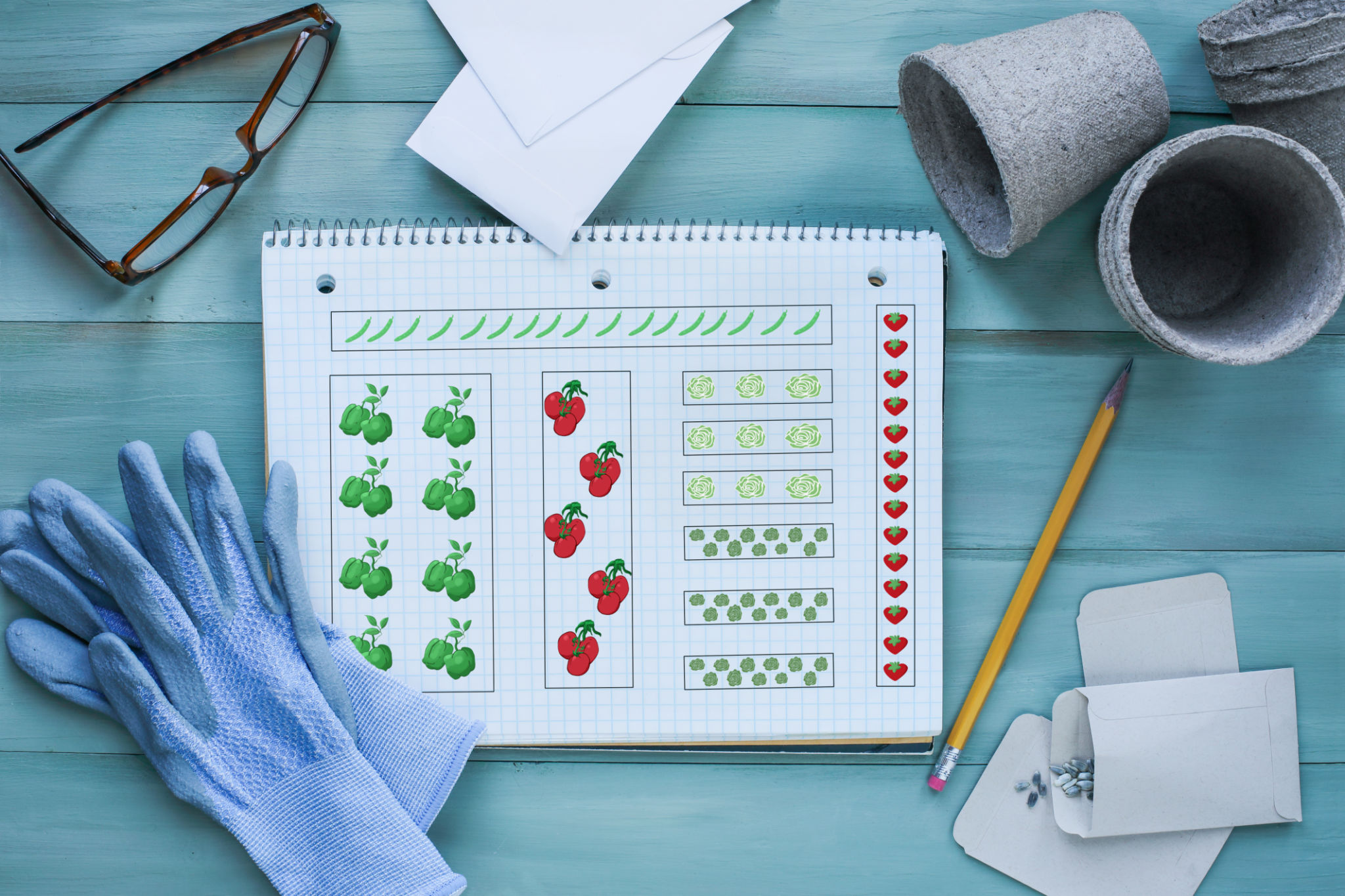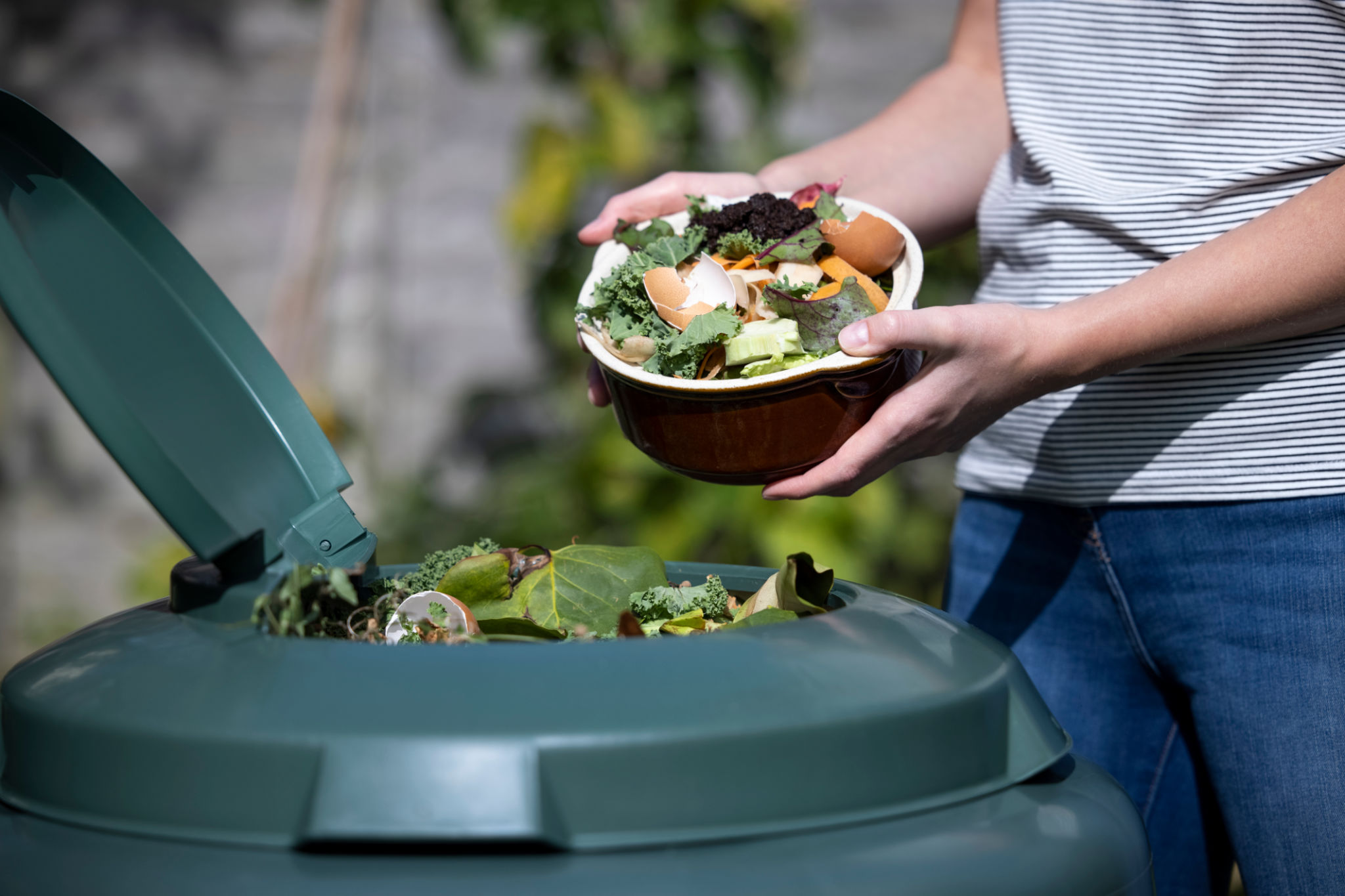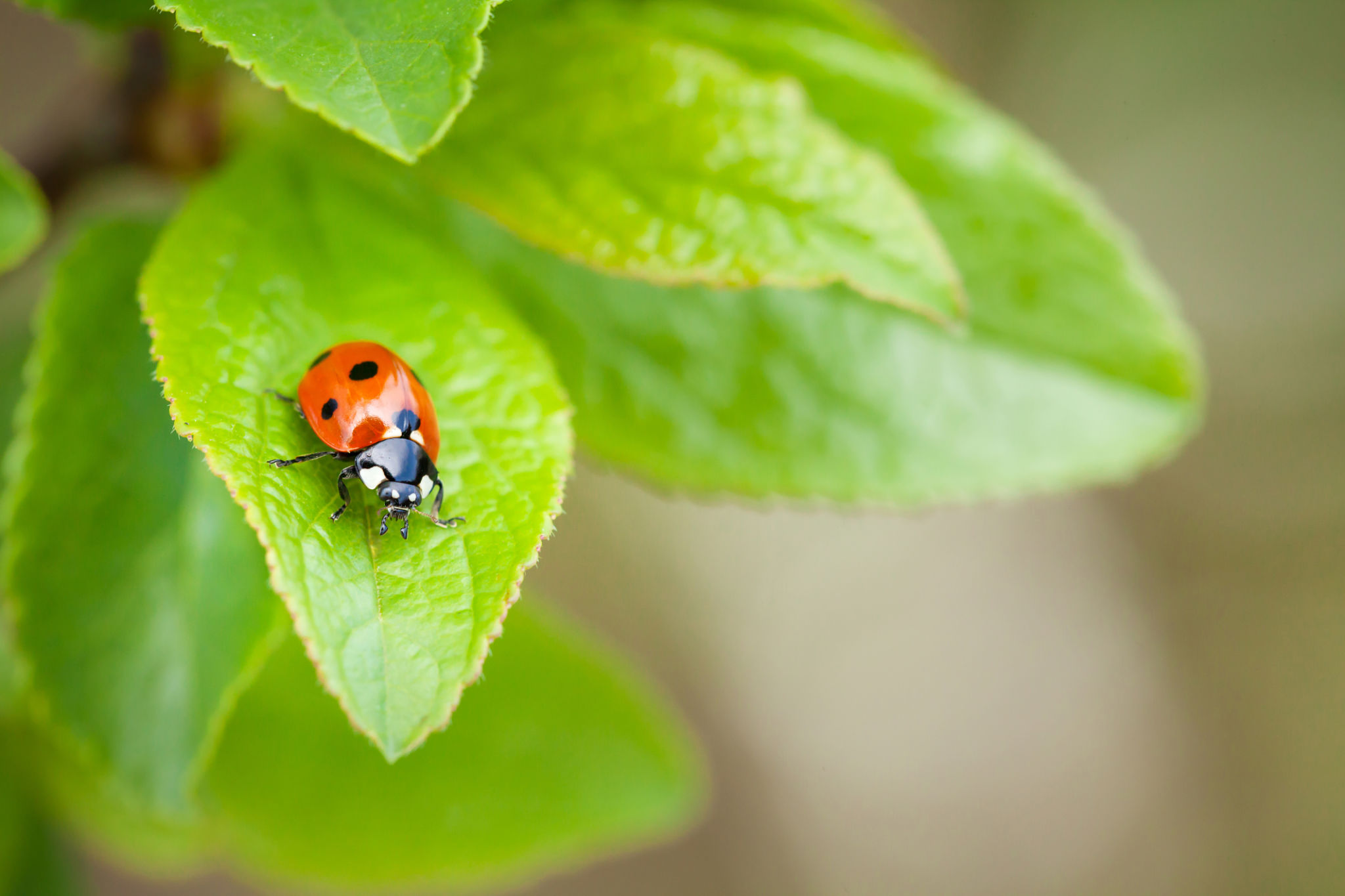Creating a Sustainable Edible Garden: A Step-by-Step Guide for Homeowners
Creating a sustainable edible garden at home is not only a rewarding hobby but also a step towards healthier living and environmental conservation. With some planning and effort, you can transform your backyard into a bountiful source of fresh produce.
Start with Planning
The first step in establishing an edible garden is careful planning. Consider the size of your space, the climate, and which fruits and vegetables thrive in your region. Sketch a layout that maximizes sunlight exposure, as most edible plants require six to eight hours of sunlight daily.
When planning, it's essential to think about water sources and soil quality. Test your soil to determine its pH and nutrient levels, which will help you decide if you need to amend it with compost or other organic matter.

Selecting Your Plants
Choose plants that suit your local climate and your personal taste preferences. Consider starting with easy-to-grow options like tomatoes, lettuce, and herbs. These plants are not only versatile in the kitchen but also great for beginners.
Think about planting a variety of crops that will mature at different times, ensuring a continuous harvest throughout the growing season. Additionally, companion planting can help deter pests naturally and improve plant health.
Building Healthy Soil
Healthy soil is the foundation of a successful edible garden. Incorporate organic matter such as compost, leaf mold, or well-rotted manure to improve soil structure and fertility. This practice enhances the soil’s ability to retain moisture and nutrients.
Consider setting up a compost bin to recycle kitchen scraps and garden waste. Composting not only reduces landfill contributions but also provides a rich, natural fertilizer for your garden.

Water Wisely
Efficient water use is vital for sustainability. Install a rainwater harvesting system to collect water for irrigation purposes. Drip irrigation or soaker hoses can deliver water directly to plant roots, minimizing evaporation and conserving water.
Mulching is another effective way to retain moisture in the soil. Apply a layer of organic mulch around your plants to prevent water loss and suppress weeds.
Pest Management
Maintaining balance in your garden ecosystem is crucial for sustainable pest management. Encourage beneficial insects like ladybugs and bees by planting flowers such as marigolds and daisies.
Avoid using chemical pesticides; instead, opt for natural solutions like neem oil or insecticidal soap. Regularly inspect your plants for signs of pests or disease and address issues promptly to prevent them from spreading.

Maintenance and Harvesting
Consistent maintenance is key to a thriving edible garden. Regularly prune plants to encourage growth, remove weeds, and monitor for pests or diseases. Rotating crops each year can also help prevent soil depletion and pest build-up.
As your garden matures, enjoy the fruits of your labor by harvesting produce at its peak ripeness. Regular harvesting not only provides fresh ingredients for your meals but also encourages plants to continue producing.
In conclusion, creating a sustainable edible garden is a rewarding journey that benefits both you and the environment. By following these steps, homeowners can enjoy fresh produce while fostering a healthier ecosystem right in their backyard.